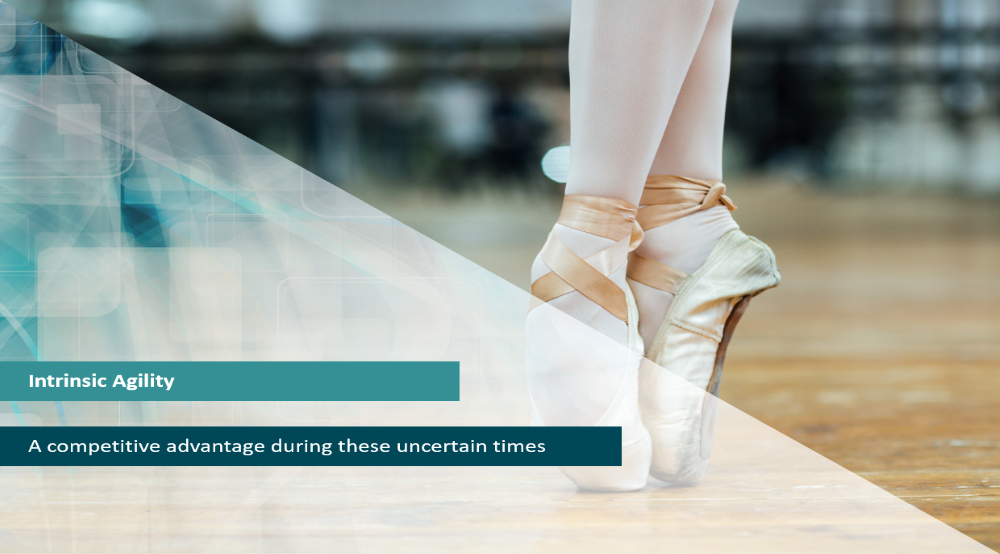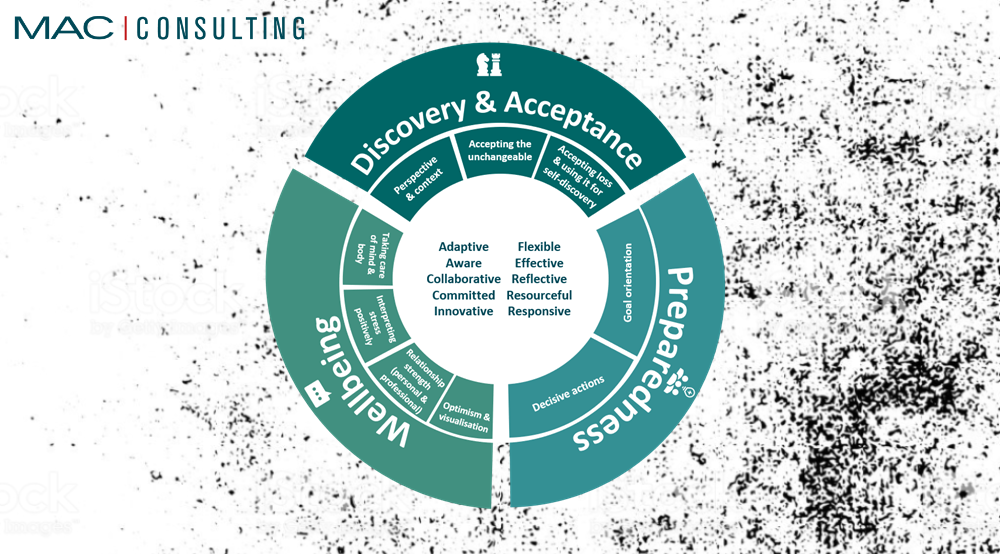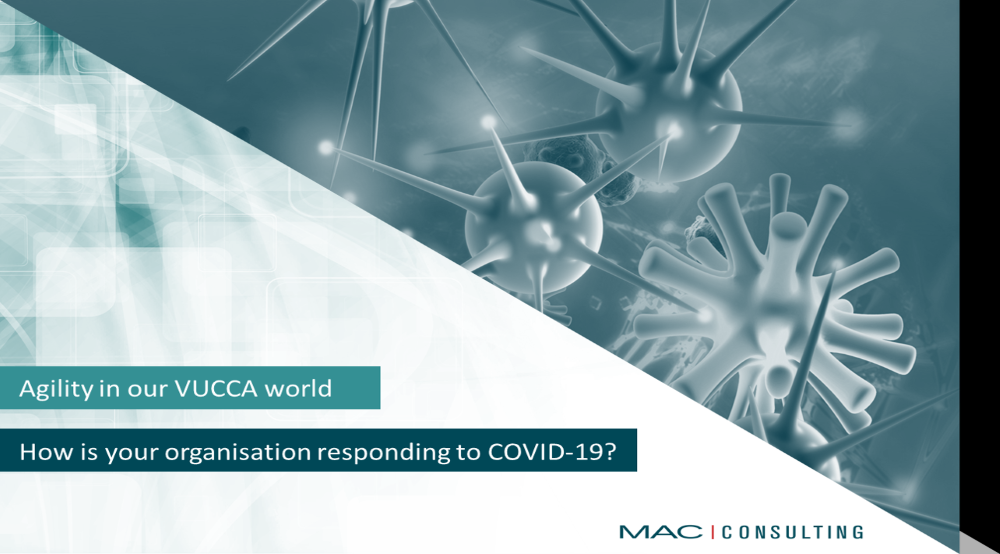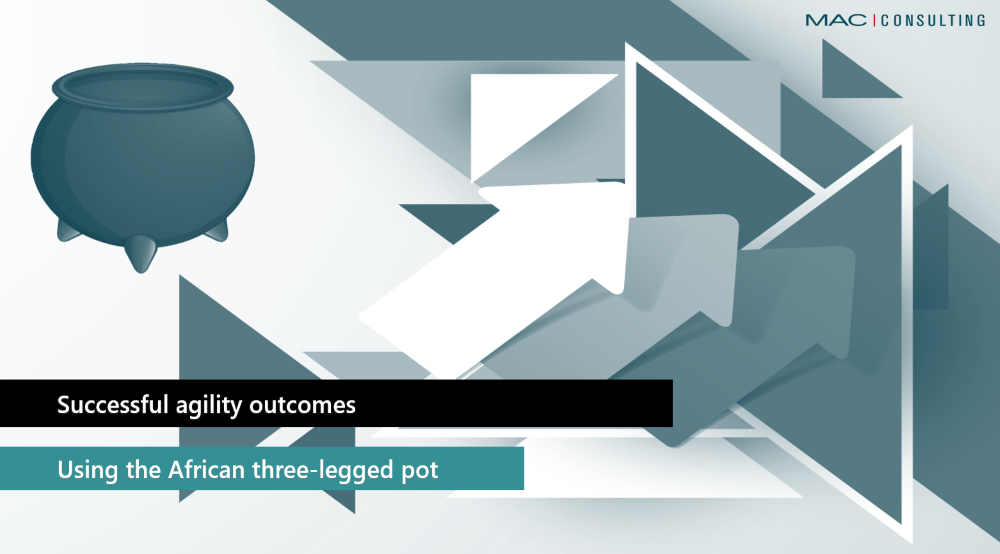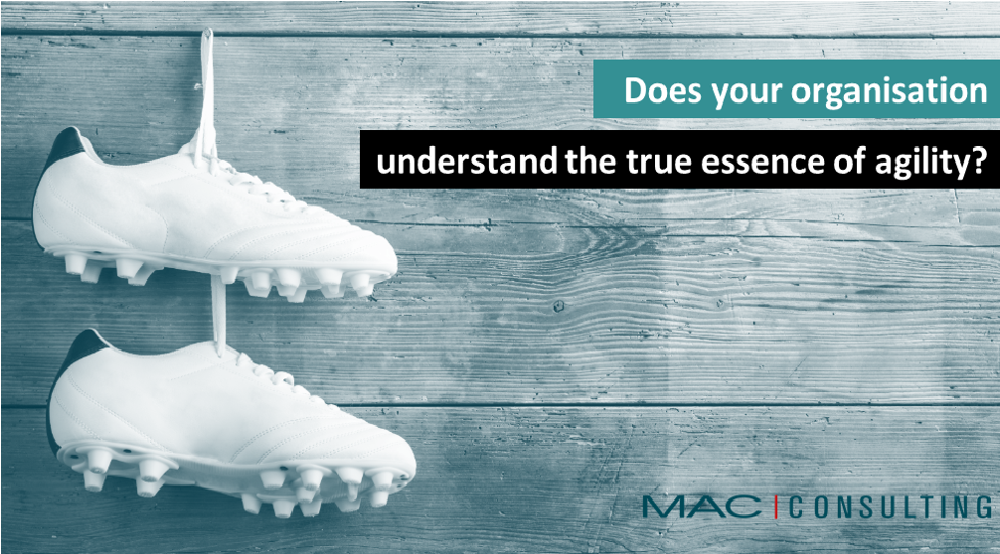Mac Insights
Intrinsic Agility – a competitive advantage, especially during COVID-19
COVID-19 has created overnight challenges and requires a high degree of inspection and adaption, with urgency, for continued value delivery to customers and to ensure viability and sustainability of organisational business models. People competencies are a crucial contributor to organisational competencies. Some of which have become more crucial than before in the current crisis. I…
Read MoreResilience During a Time of Crisis
Resilience: the ability to bounce back in the face of adversity. The world is currently under immense pressure. So much has happened since President Ramaphosa’s first address to the nation. The world seems to have been brought to a standstill by the rapidly spreading COVID-19 virus, which is wreaking havoc in ways that none of…
Read MoreAgility During the COVID-19 Crisis
COVID-19 is one of the biggest VUCCA moments in recent times. Intrinsic agility* is being demonstrated across all levels in our country to ensure that risks are managed effectively and to tap into the additional benefits of an agility mindset and behaviours. *Intrinsic – something that is inbuilt and comes of naturally in given circumstances…
Read MoreThe Transition to Working Remotely
Teams are currently transitioning to working remotely, which comes with a range of new challenges. MAC has developed a ‘getting started quick guide’ on how to successfully work remotely to assist with these challenges. Transitioning to working remotely unearths certain challenges for teams: Different scenarios call for different digital solutions. Different team members prefer different…
Read MoreThe African Three-Legged Pot Analogy for Successful Agility Outcomes
When organisations decide to focus on ‘Being Agile’ or ‘Agility’, they hire agile coaches to guide their teams on this journey. Many decision-makers think that just the presence of the agile coach will guarantee agility outcomes from their delivery teams. This is a fallacy and many organisations risk their ‘Being Agile’ journey due to this…
Read MoreYour Relationship with Agile
The word ‘agile’ has different connotations to it – some are skeptical about it and may think of it as a passing fad, while others feel it is a ‘cool’ buzzword and find that associating with anything that represents agile adds to their ‘coolness’ quotient. Some may see the promise and potential, while some are…
Read MoreIt’s a Wrap for Plastic
How we live on this earth is becoming an ever-present discussion. Over the past 5 years, but more so over the past 18 months, we have seen a change in the climate debate where, for the first time, the social voice is louder and is having a greater impact on sustainability than the science has…
Read MoreCash is No Longer King
The digital disruption that is currently taking place in the banking sector is well publicised. There are strides being made to reduce the cost to serve, improve the customer value proposition, optimise channels and drive efficiency and effectiveness in the front, middle and back office of banking organisations. We have also seen the rise in…
Read MoreIt’s a Black Mark Against Carbon
With an increase in greenhouse emissions and a growing socio-political and environmental consciousness, there is a global move to decarbonisation of both power and mobility. There is a significant move to more sustainable and renewable sources of energy production. There are many industries that can and will be disrupted by this trend and the source…
Read MoreThe True Essence of Agility
‘Agility’ is a noun that characterises something that is nimble, fast and flexible. Unpacking the ‘agility’ characteristics includes focusing on the most optimised approach and therefore considers all potential options and manages the risks of doing something new, so that the essence of ‘agility’ is not impacted. Think of an image of a football team.…
Read More